-
 bitcoin
bitcoin $122025.899241 USD
-2.12% -
 ethereum
ethereum $4488.068729 USD
-4.11% -
 bnb
bnb $1315.348019 USD
8.65% -
 tether
tether $1.000457 USD
0.03% -
 xrp
xrp $2.875326 USD
-3.69% -
 solana
solana $222.043604 USD
-4.07% -
 usd-coin
usd-coin $0.999682 USD
0.00% -
 dogecoin
dogecoin $0.249887 USD
-5.62% -
 tron
tron $0.337379 USD
-2.59% -
 cardano
cardano $0.827763 USD
-5.06% -
 hyperliquid
hyperliquid $45.774531 USD
-2.43% -
 chainlink
chainlink $22.079309 USD
-5.87% -
 ethena-usde
ethena-usde $1.000156 USD
0.02% -
 sui
sui $3.482566 USD
-3.57% -
 stellar
stellar $0.386982 USD
-4.92%
What to do if TRIX conflicts with the moving average system? Which signal should I believe?
When TRIX and moving averages conflict, analyze time frames, crossovers, volume, and use RSI, MACD, and Bollinger Bands to confirm the stronger signal before trading.
May 22, 2025 at 02:36 am
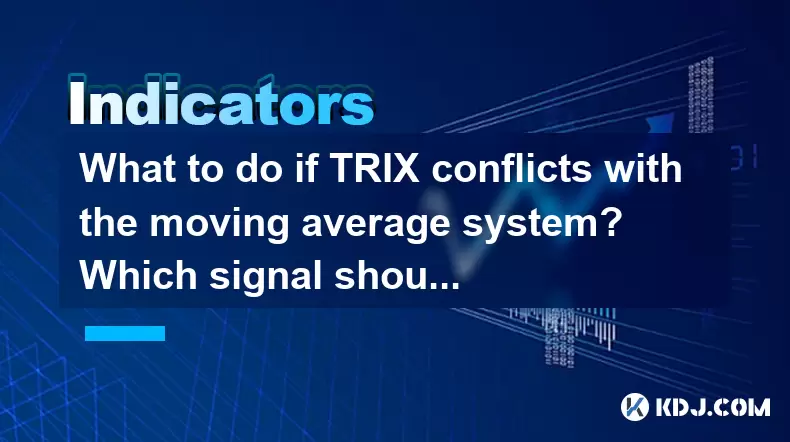
When trading cryptocurrencies, technical indicators like the TRIX (Triple Exponential Average) and various moving averages are commonly used to analyze market trends and make informed trading decisions. However, there can be instances where these indicators provide conflicting signals, causing confusion about which one to follow. This article will explore what to do when TRIX conflicts with the moving average system and guide you on which signal to believe.
Understanding TRIX and Moving Averages
TRIX, or the Triple Exponential Average, is a momentum oscillator that shows the percentage change in a triple-smoothed exponential moving average of a security's closing price. It is used to identify overbought or oversold conditions and potential trend reversals. A positive TRIX value indicates bullish momentum, while a negative TRIX value suggests bearish momentum.
Moving averages, on the other hand, are used to smooth out price data to identify the direction of the trend. Common types include the Simple Moving Average (SMA), Exponential Moving Average (EMA), and Weighted Moving Average (WMA). A rising moving average indicates an uptrend, while a falling moving average signals a downtrend.
Identifying Conflicts Between TRIX and Moving Averages
Conflicts occur when the signals from TRIX and the moving averages diverge. For instance, if the TRIX line is rising (indicating bullish momentum) but the moving average is declining (suggesting a downtrend), this creates a conflicting signal. Similarly, if the TRIX line is falling (indicating bearish momentum) but the moving average is rising (suggesting an uptrend), another conflict arises.
Analyzing the Strength of Each Signal
To determine which signal to believe, it's crucial to assess the strength and reliability of each indicator. Here are some steps to analyze the strength of the signals:
- Check the time frame: Different time frames can produce varying signals. For instance, a daily chart might show a conflict, but a weekly chart could provide a clearer trend. Always consider the broader context.
- Evaluate the crossover: For TRIX, look for crossovers above or below the zero line. A strong crossover, especially if it's sustained over multiple periods, can indicate a more reliable signal. For moving averages, a crossover between a short-term and a long-term moving average (e.g., 50-day and 200-day) can be significant.
- Assess the volume: High trading volume can confirm the strength of a trend. If the TRIX signal is accompanied by high volume, it might be more reliable than the moving average signal without significant volume.
Using Additional Indicators for Confirmation
When TRIX and moving averages conflict, using additional indicators can help confirm the stronger signal. Consider the following:
- Relative Strength Index (RSI): This momentum oscillator can help confirm overbought or oversold conditions. If RSI supports the TRIX signal (e.g., both indicate bullish momentum), it might be more reliable.
- MACD (Moving Average Convergence Divergence): This can provide additional insight into momentum and trend direction. If MACD aligns with the moving average signal, it could strengthen its reliability.
- Bollinger Bands: These can help identify volatility and potential price breakouts. If Bollinger Bands support the TRIX signal (e.g., price is above the upper band), it might be a more reliable indicator.
Practical Example: Resolving a Conflict
Let's consider a practical example where the TRIX line is rising but the 50-day SMA is declining. Here's how to resolve the conflict:
- Analyze the time frame: Look at both daily and weekly charts. If the weekly chart shows a consistent uptrend, the TRIX signal might be more reliable.
- Evaluate the crossover: Check if the TRIX line has crossed above the zero line and is sustained. If so, this could indicate stronger bullish momentum than the declining 50-day SMA.
- Assess the volume: If the rising TRIX is accompanied by high trading volume, it suggests stronger market confirmation of the bullish trend.
- Use additional indicators: If the RSI is above 50 and MACD shows a bullish crossover, these indicators would support the TRIX signal over the 50-day SMA.
Making a Trading Decision
Once you've analyzed the strength of each signal and used additional indicators for confirmation, you can make a more informed trading decision. If the TRIX signal is stronger and supported by other indicators, consider following it. Conversely, if the moving average signal is more reliable, it might be safer to follow that trend.
Frequently Asked Questions
Q: Can TRIX and moving averages be used together without conflicts?A: Yes, TRIX and moving averages can be used together effectively. They often complement each other, with TRIX providing momentum insights and moving averages showing the overall trend. Conflicts are less common when used on appropriate time frames and in conjunction with other indicators.
Q: How often do TRIX and moving averages conflict?A: Conflicts between TRIX and moving averages are not frequent but can occur during periods of market uncertainty or when transitioning between trends. It's essential to use these indicators as part of a broader analysis strategy.
Q: What other indicators can help resolve conflicts between TRIX and moving averages?A: Besides RSI and MACD, other useful indicators include the Stochastic Oscillator, Average Directional Index (ADX), and Ichimoku Cloud. Each can provide additional context and help confirm or refute the signals from TRIX and moving averages.
Q: Is it better to use TRIX or moving averages in volatile markets?A: In volatile markets, TRIX can be more useful for identifying short-term momentum shifts, while moving averages can help identify longer-term trends. Using both together, along with other volatility indicators like Bollinger Bands, can provide a more comprehensive view of market conditions.
Disclaimer:info@kdj.com
The information provided is not trading advice. kdj.com does not assume any responsibility for any investments made based on the information provided in this article. Cryptocurrencies are highly volatile and it is highly recommended that you invest with caution after thorough research!
If you believe that the content used on this website infringes your copyright, please contact us immediately (info@kdj.com) and we will delete it promptly.
- BlockDAG, DOGE, HYPE Sponsorship: Crypto Trends Shaping 2025
- 2025-10-01 00:25:13
- Deutsche Börse and Circle: A StableCoin Adoption Powerhouse in Europe
- 2025-10-01 00:25:13
- BlockDAG's Presale Buzz: Is It the Crypto to Watch in October 2025?
- 2025-10-01 00:30:13
- Bitcoin, Crypto, and IQ: When Genius Meets Digital Gold?
- 2025-10-01 00:30:13
- Stablecoins, American Innovation, and Wallet Tokens: The Next Frontier
- 2025-10-01 00:35:12
- NBU, Coins, and Crypto in Ukraine: A New Yorker's Take
- 2025-10-01 00:45:14
Related knowledge
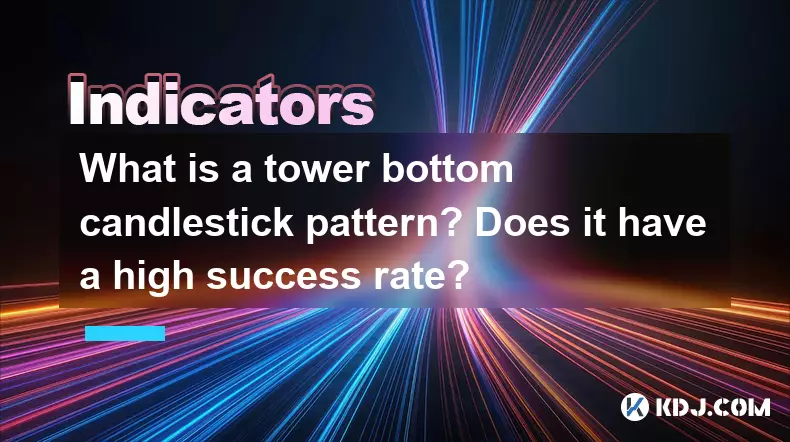
What is a tower bottom candlestick pattern? Does it have a high success rate?
Sep 22,2025 at 07:18am
Tower Bottom Candlestick Pattern Explained1. The tower bottom candlestick pattern is a reversal formation that typically appears at the end of a downt...
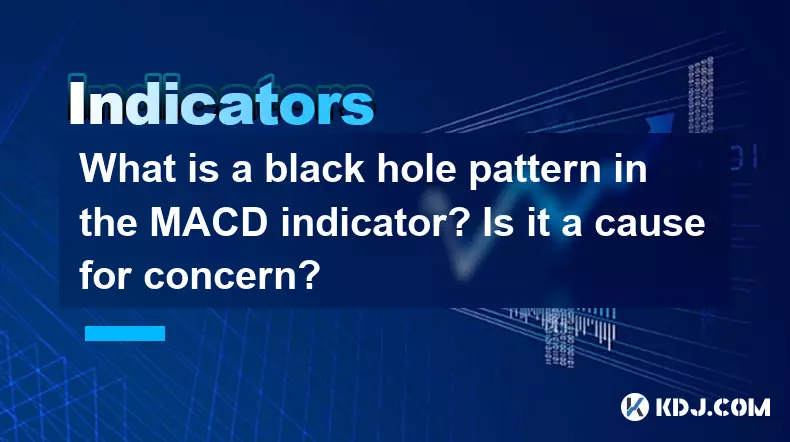
What is a black hole pattern in the MACD indicator? Is it a cause for concern?
Sep 21,2025 at 06:54pm
Bitcoin's Role in Decentralized Finance1. Bitcoin remains the cornerstone of decentralized finance, serving as a benchmark for value and security acro...

How can I use the psychological line (PSY) to determine market sentiment?
Sep 17,2025 at 02:19pm
Understanding the Psychological Line (PSY) in Cryptocurrency TradingThe Psychological Line, commonly referred to as PSY, is a momentum oscillator used...
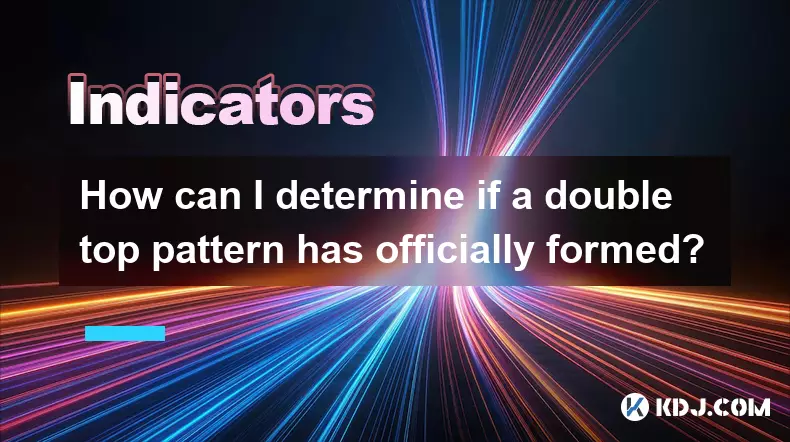
How can I determine if a double top pattern has officially formed?
Sep 21,2025 at 03:18am
Understanding the Structure of a Double Top Pattern1. A double top pattern consists of two distinct peaks that reach approximately the same price leve...
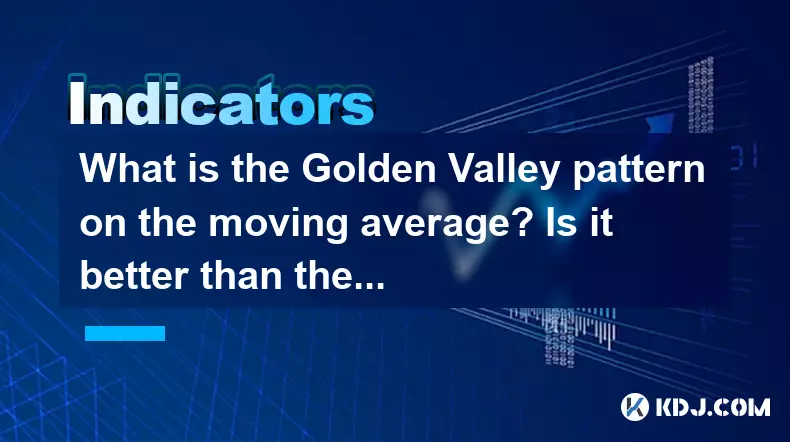
What is the Golden Valley pattern on the moving average? Is it better than the Silver Valley pattern?
Sep 21,2025 at 02:54pm
Understanding the Golden Valley Pattern in Moving Averages1. The Golden Valley pattern is a technical formation observed in cryptocurrency price chart...

What does a death cross of the RSI in the strong zone (above 50) mean?
Sep 17,2025 at 10:54pm
Understanding the Death Cross in RSI Context1. The term 'death cross' is traditionally associated with moving averages, where a short-term average cro...

What is a tower bottom candlestick pattern? Does it have a high success rate?
Sep 22,2025 at 07:18am
Tower Bottom Candlestick Pattern Explained1. The tower bottom candlestick pattern is a reversal formation that typically appears at the end of a downt...

What is a black hole pattern in the MACD indicator? Is it a cause for concern?
Sep 21,2025 at 06:54pm
Bitcoin's Role in Decentralized Finance1. Bitcoin remains the cornerstone of decentralized finance, serving as a benchmark for value and security acro...

How can I use the psychological line (PSY) to determine market sentiment?
Sep 17,2025 at 02:19pm
Understanding the Psychological Line (PSY) in Cryptocurrency TradingThe Psychological Line, commonly referred to as PSY, is a momentum oscillator used...

How can I determine if a double top pattern has officially formed?
Sep 21,2025 at 03:18am
Understanding the Structure of a Double Top Pattern1. A double top pattern consists of two distinct peaks that reach approximately the same price leve...

What is the Golden Valley pattern on the moving average? Is it better than the Silver Valley pattern?
Sep 21,2025 at 02:54pm
Understanding the Golden Valley Pattern in Moving Averages1. The Golden Valley pattern is a technical formation observed in cryptocurrency price chart...

What does a death cross of the RSI in the strong zone (above 50) mean?
Sep 17,2025 at 10:54pm
Understanding the Death Cross in RSI Context1. The term 'death cross' is traditionally associated with moving averages, where a short-term average cro...
See all articles










































































